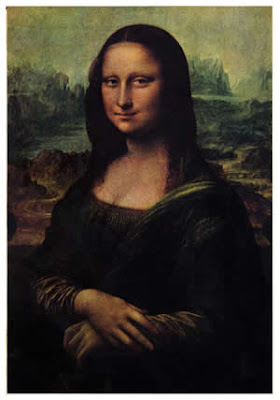What Inspired this Age of Balance and Order

"Renaissance," French for "rebirth," perfectly describes the intellectual and economic changes that occurred in Europe from the fourteenth through the sixteenth centuries.
During the era known by this name, Europe emerged from the economic stagnation of the Middle Ages and experienced a time of financial growth. Also, and perhaps most importantly, the Renaissance was an age in which artistic, social, scientific, and political thought turned in new directions.
Previously, during the Middle Ages, scholars had been guided by the teachings of the church, and people had concerned themselves with actions leading to heavenly rewards. The writings of ancient, pagan Greece and Rome, called the "classics," had been greatly ignored.
The new interest in secular life led to beliefs about education and society that came from Greece and Rome. The secular, humanist idea held that the church should not rule civic matters, but should guide only spiritual matters. The church disdained the accumulation of wealth and worldly goods, supported a strong but limited education, and believed that moral and ethical behavior was dictated by scripture. Humanists, however, believed that wealth enabled them to do fine, noble deeds, that good citizens needed a good, well-rounded education (such as that advocated by the Greeks and Romans), and that moral and ethical issues were related more to secular society than to spiritual concerns (from What Inspired this Age of Balance and Order).
About 1450, European scholars became more interested in studying the world around them. Their art became more true to life.
The Renaissance was much more than simply studying the work of ancient scholars. It influenced painting, sculpture, and architecture. Paintings became more realistic and focused less often on religious topics. Rich families became patrons and commissioned great art. Artists advanced the Renaissance style of showing nature and depicting the feelings of people. In Britain, there was a flowering in literature and drama that included the plays of William Shakespeare (from The Dawn of a New Age).
The 17th century is the century of revolution in England, a turbulent period of English history whose upheavals and changes are hard to follow. "The full Puritan programme for the Church involved an administrative revolution with far-reaching consequences for the state. The abolition of Bishops, or their removal from the House of Lords, would have ended 'the dependency of the Church upon the Crown' which, Charles I told his son, 'is the chiefest support of regal authority'."
Christopher Hill breaks the period up into four periods: the Stuarts up to 1640, the Civil War and Interregnum, from the 1660 Restoration to the Revolution of 1688; and down to the death of Anne in 1714 (from The Century of Revolution: 1603-1714).